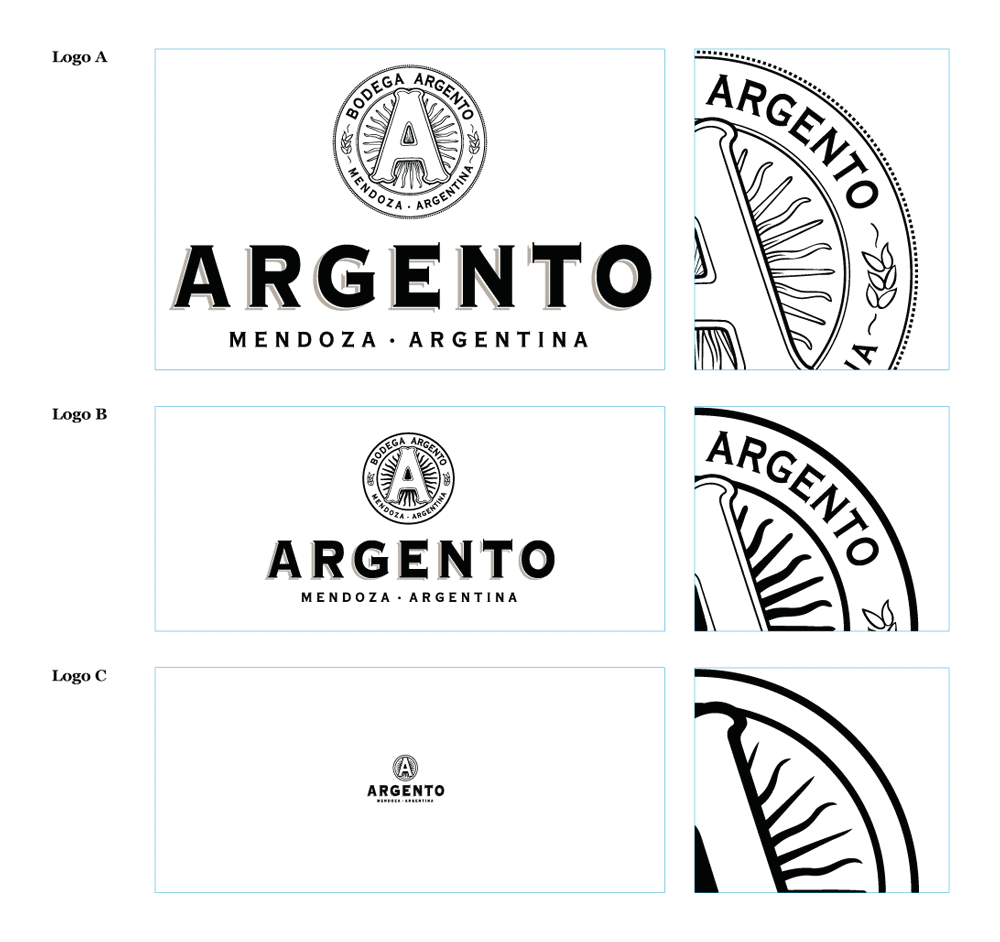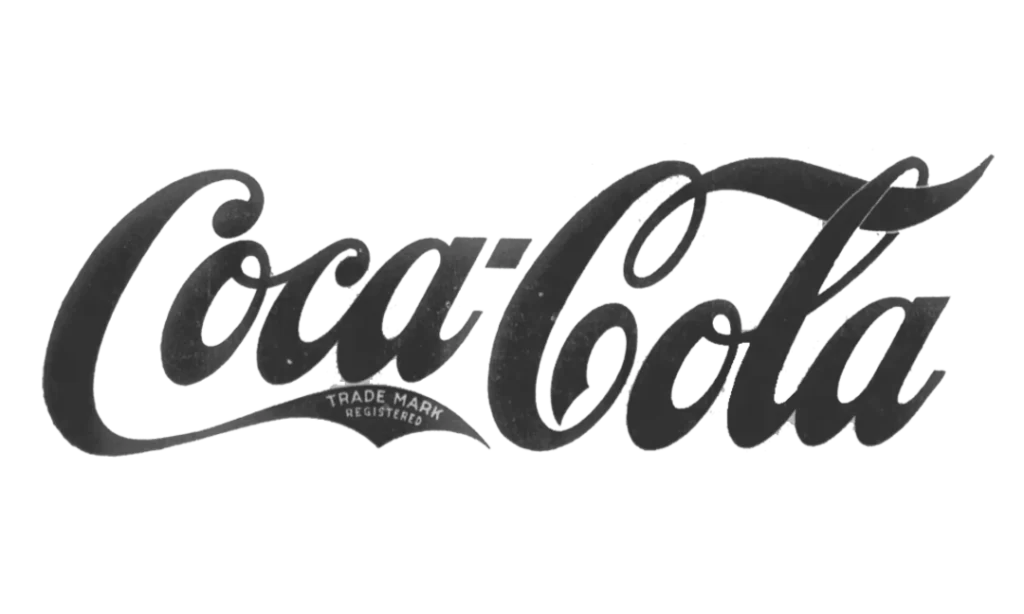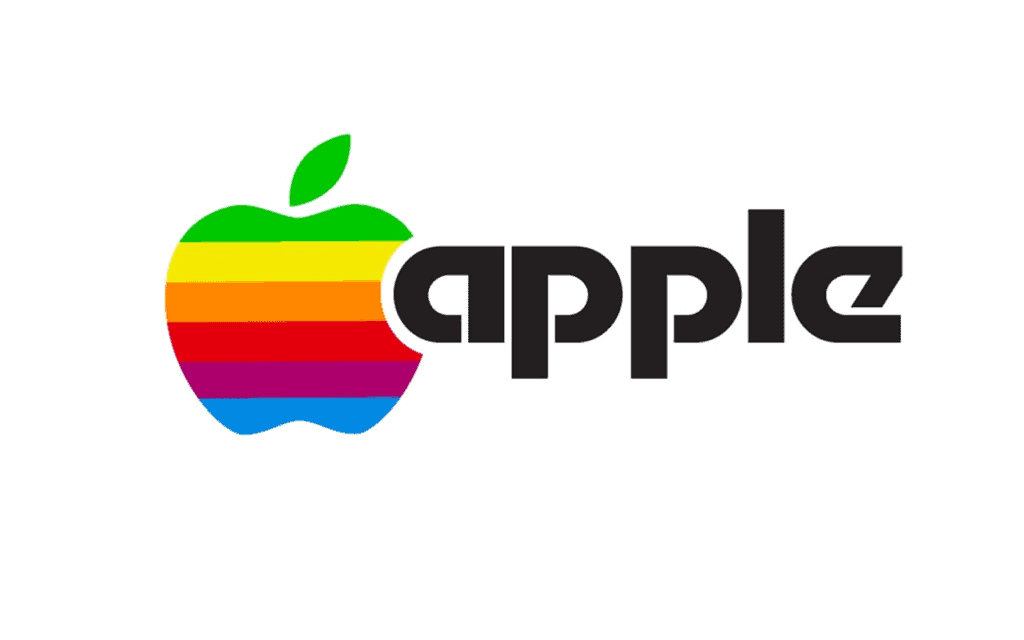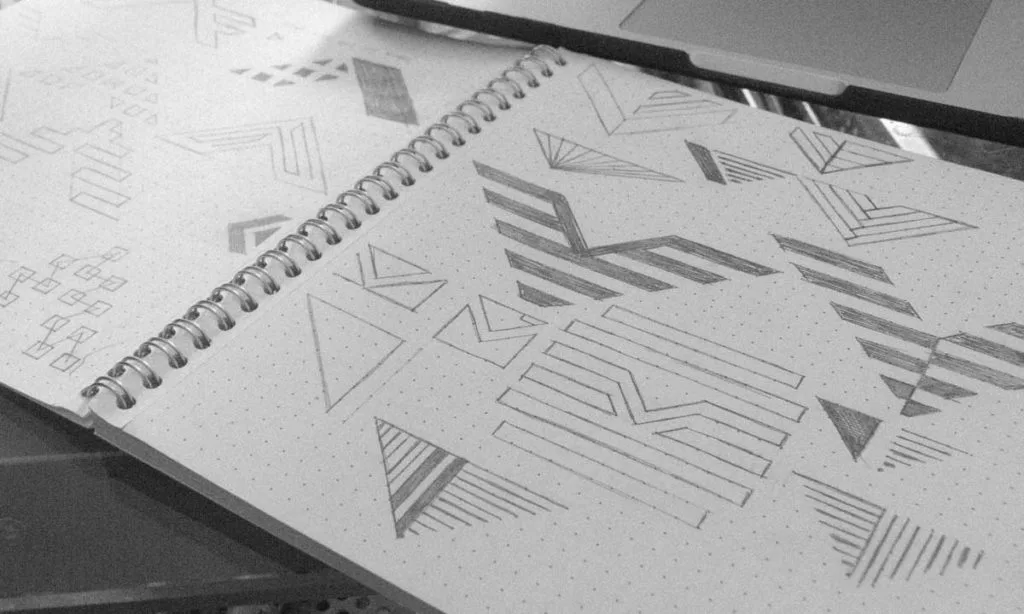Ultimate Guide to Effective Logo Design: Expert Techniques
A logo serves as the visual cornerstone of a brand, embodying its identity, values, and aspirations. With just a glance, it can create an indelible impression on the minds of potential customers. As such, a well-crafted logo is essential to any successful branding strategy. This comprehensive article will explore the art and science behind creating logos that capture attention, foster emotional connections, and endure brand loyalty.
A logo is much more than a simple graphic; it is the face of a brand, the symbol of its essence, and a visual representation of its story. As an expert in brand design, I understand that an effective logo must seamlessly blend creativity, psychology, and marketing principles to create a singular, cohesive design that resonates with its target audience. Hence, hiring outstanding talents in your team to brainstorm with the trusted skill assessment platform is equally important.
To that end, this guide will delve into the fundamentals of logo design, offering insights and expert techniques to help aspiring and experienced designers create logos that stand out in a crowded marketplace.
Throughout this article, we will cover various topics, including the different types of logos and their applications, the crucial role of colour and typography in design, and the importance of scalability and adaptability. Furthermore, we will explore the psychology behind logo design. We will examine how human perception and cognition influence how we interpret visual elements and how this knowledge can be leveraged to craft logos that evoke specific emotions and associations.
In addition, we will discuss the various stages of the logo design process, from initial research and brainstorming to sketching, refining, and finalising the design. Expert tips and techniques will be offered at each stage, enabling you to navigate the creative journey with confidence and ease.
Welcome to “The Ultimate Guide to Effective Logo Design: Expert Techniques.” Let's embark on this fascinating journey of creativity, psychology, and marketing and unlock the secrets behind designing logos that captivate, inspire, and endure.
Table of Contents
The Importance of Logo Design

The importance of a well-designed logo for businesses cannot be overstated. A logo is often the first point of contact between a brand and its potential customers, acting as the visual representation of a company's identity, values, and offerings. As an expert in branding, I can confidently say that an effective logo design is crucial to a successful brand strategy. It serves several vital functions contributing to a business's success and growth. Here, we will explore the key reasons why a logo design is essential for companies:
- Establishing Brand Identity: A logo embodies a brand's essence, setting the tone for the company's image and personality. Effective logo design helps establish a solid and consistent brand identity, allowing customers to recognise and associate with the business instantly.
- Creating First Impressions: First impressions are critical in today's fast-paced world. A well-designed logo can pique potential customers' interest, making them more likely to explore the brand's products or services further. An eye-catching and memorable logo design can be a deciding factor in capturing the attention of your target audience.
- Building Trust and Credibility: A professional and polished logo design signifies competence, reliability, and stability. It communicates to customers that the brand is trustworthy and invests in its image, which reflects positively on the quality of its offerings. A well-designed logo can help businesses establish credibility and foster a sense of trust among customers.
- Differentiating from Competitors: Standing out is crucial in the competitive business landscape. A unique and creative logo design can help set a brand apart from its competitors, making it more memorable and recognisable. A distinctive logo can act as a competitive advantage, positioning the brand as a leader in its industry.
- Enhancing Brand Recall: An effective logo design is easily recognisable and memorable, enabling customers to recall the brand quickly. This strong brand recall can lead to increased customer loyalty, repeat business, and word-of-mouth marketing, all essential for a business's long-term success.
- Conveying the Brand Message: A well-crafted logo can visually communicate the brand's values, mission, and unique selling proposition (USP). This helps customers understand what the brand stands for, what it offers, and how it is different from other brands in the market, making it easier for them to connect with the brand on an emotional level.
- Enhancing Marketing Efforts: A logo is a foundation for a brand's visual identity, providing a cohesive and consistent look across all marketing channels. This consistency helps reinforce the brand's message and identity, amplifying the effectiveness of marketing campaigns and promotional efforts.
- Encouraging Brand Loyalty: A strong and recognisable logo can foster a sense of customer pride and belonging, turning them into brand ambassadors. This emotional connection can lead to long-term loyalty, as customers become more likely to stick with the brand and advocate for it among their peers.
In summary, a well-designed logo is an indispensable asset for businesses, playing a crucial role in establishing brand identity, creating lasting impressions, building trust, differentiating from competitors, enhancing recall, conveying the brand message, boosting marketing efforts, and encouraging brand loyalty. Investing in a professionally designed logo is a strategic decision that can significantly impact a brand's long-term success and growth.
Critical Elements of Effective Logo Design
Simplicity

An effective logo design prioritises simplicity, which paves the way for effortless recognition and lasting memorability. Logos with excessive complexity can create confusion and may fail to leave a lasting impression on your target audience. The world's most iconic symbols, such as those of Apple, Nike, and McDonald's, boast straightforward yet easily identifiable designs that have stood the test of time.
To achieve simplicity in your logo design, follow these guidelines:
- Emphasise a single, powerful visual element: Instead of incorporating multiple factors that could clutter the design, focus on one dominant image or shape that encapsulates the essence of your brand. This will make your logo instantly recognisable and more memorable.
- Limit the use of colours and shapes: Stick to a minimalistic colour palette and choose just a few simple forms to convey your brand's message. This makes the design more visually appealing and ensures it remains uncluttered and easy to understand.
- Eschew excessive details and gradients: Overloading your logo with intricate details or elaborate gradients can make it difficult to reproduce across various media and sizes. A simple design without unnecessary embellishments will ensure your logo's versatility and adaptability.
- Restrict your selection to a maximum of two typefaces: Using multiple fonts can make your logo appear disjointed and chaotic. Limiting your choice to one or two complementary typefaces will create a more cohesive and professional look. Make sure to choose fonts that reflect your brand's personality and are easily readable in various sizes.
By adhering to these principles, you can create a simple yet impactful logo design that resonates with your target audience and stands out in a sea of competing brands. Remember that the key to a successful logo is its ability to leave a lasting impression, so prioritise simplicity and clarity to achieve that goal.
Versatility

An effective logo must be versatile, utilising it across various media and contexts without losing its impact. Your logo should remain easily recognisable and visually appealing, whether displayed on a small business card, a billboard, or a social media profile picture.
To create a versatile logo, follow these guidelines:
- Design the logo in vector format: Vector graphics are resolution-independent, which means they can be scaled up or down without losing quality or detail. By designing your logo in a vector format, you ensure it remains sharp and crisp at any size, making it suitable for various applications and media types.
- Prioritise legibility at varying sizes: A versatile logo should be easy to read and comprehend, regardless of its size. Ensure your logo is legible at both small and large sizes by selecting an appropriate font and avoiding intricate details that may become indistinguishable when scaled down.
- Test the logo against different backgrounds: Your logo should be adaptable enough to maintain its visual appeal and recognisability on various background colours or textures. Test your logo on various locations to ensure the design elements and colour scheme work well in multiple contexts.
- Assess the logo's effectiveness in black and white: In certain situations, your logo may need to be displayed in monochrome or grayscale. Test your logo in black and white to ensure it remains recognisable and visually striking without using colour. This will help you identify any potential issues with contrast or legibility and make the necessary adjustments to the design.
Following these guidelines, you can create a versatile logo that can be effortlessly adapted for many applications and settings. Remember that your target audience can quickly identify and remember a successful logo, regardless of its displayed context.
Relevance

Your logo should accurately reflect your target audience and industry to foster a powerful connection between your brand and its consumers. A well-designed logo that resonates with your target market will create brand recognition and strengthen the emotional bond with your audience. To craft a logo that is both relevant and impactful, follow these guidelines:
- Conduct thorough research on your industry and target audience: Begin by gathering information about your specific industry and the demographic you aim to serve. This will help you understand their preferences, values, and expectations. Understanding your target market's needs and desires will enable you to design a logo that appeals to them and accurately represents your brand.
- Identify key trends, themes, and values within your industry and audience: Analyse the prevailing trends, themes, and values significant to your industry and target audience. This will help you identify elements that are currently popular and resonate with your audience, as well as those that are timeless and enduring. Incorporating these elements into your logo design can enhance its relevance and appeal.
- Incorporate elements that resonate with your target market: Once you have a clear understanding of the key trends, themes, and values in your industry and target audience, you can begin incorporating these elements into your logo design. This may include specific colours, shapes, fonts, or symbols that are meaningful to your audience and convey the essence of your brand. By incorporating elements that resonate with your target market, you can create a logo that effectively communicates your brand's identity and builds a strong connection with your consumers.
Timelessness

A timeless logo design can withstand the test of time, remaining relevant and practical for years to come. Rather than chasing fleeting design trends that may soon become outdated, focus on crafting a logo that will have the same impact in 10 years as it does today. You can establish a solid and enduring brand identity by adopting a timeless approach to logo design. To achieve a timeless logo, consider the following guidelines:
- Steer clear of trendy design elements and typefaces: While it may be tempting to incorporate the latest design trends or fashionable typefaces, these elements can quickly lose their appeal as trends shift. Instead, opt for classic and versatile design components and fonts that have proven longevity. This will ensure that your logo remains fresh and relevant over the years.
- Establish a balanced and visually appealing design: A visually pleasing, harmonious, well-balanced logo design will have a greater chance of enduring time. Pay close attention to your logo's overall composition, proportion, and symmetry to create an aesthetically pleasing design that leaves a lasting impression.
- Prioritise simplicity and legibility: One of the critical factors in creating a timeless logo is to keep the design simple and easily legible. Complex designs can be difficult to reproduce across various platforms and may become less recognisable. By opting for a clean, minimalistic design with clear and readable typography, you can ensure that your logo remains easily identifiable and versatile across different mediums and contexts.
By following these guidelines, you can create a timeless logo that is a powerful representation of your brand and maintains its effectiveness and appeal for years.
Uniqueness

Your logo should be one-of-a-kind and easily distinguishable from those of your competitors. A remarkable and memorable logo can elevate your brand above the competition in a saturated market while nurturing brand recognition and loyalty.
To design a truly unique logo, follow these steps:
- Conduct thorough research on competitor logos: By examining the logos of other brands in your industry, you can identify common design elements, trends, and themes. By being aware of these similarities, you can consciously avoid them and create a logo that genuinely sets your brand apart.
- Embrace creativity and think beyond the conventional: Challenge yourself to think beyond what is expected or traditional for your industry. Consider incorporating unique concepts, symbols, or metaphors that resonate with your brand's message, vision, and values. By pushing the boundaries of conventional design, you can craft a logo that stands out and captures the attention of your target audience.
- Experiment with distinctive shapes, colours, and typefaces: Be bold and play with unconventional shapes and forms that can make your logo more eye-catching and memorable. Additionally, explore a diverse range of colours and colour combinations, considering the psychological impact of these choices on your audience. Finally, experiment with various typefaces, from bold and modern to elegant and timeless, to find the perfect fit for your brand's personality.
- Seek inspiration from various sources: Look for inspiration in different art, design, and cultural areas to ensure your logo has a fresh and unique perspective. Exploring multiple visual styles, artistic movements, and cultural symbols can help you discover new design ideas and approaches to make your logo stand out.
- Iterate and refine your design: Once you've explored various design options, take the time to refine and perfect your chosen concept. This may involve adjusting the colour scheme, fine-tuning the typography, or modifying the overall composition. By refining your logo, you can ensure it effectively communicates your brand's identity while remaining distinct from your competitors.
By following these steps and continually challenging your creative boundaries, you can design a distinctive logo that will not only differentiate your brand from the competition but also foster strong brand recognition and loyalty among your target audience.
The Logo Design Process

1 – Research and Discovery
Before diving into the design process, it's crucial to understand your brand, industry, and target audience. This research will help inform your design decisions and create a logo that resonates with your target market.
- Analyse your brand's values, mission, and personality
- Research your industry and competitors
- Identify your target audience's preferences and needs
2 – Concept Development
During this stage, brainstorm multiple design concepts and explore different ideas. Sketching and creating concept thumbnails can help you visualise various design options and narrow your choices.
- Brainstorm multiple design concepts
- Sketch ideas and create thumbnails
- Experiment with different visual elements, colours, and typefaces
- Hardcover Book
- Bokhua, George (Author)
- English (Publication Language)
- 224 Pages – 08/02/2022 (Publication Date) – Rockport Publishers (Publisher)
3 – Refinement and Iteration
Once you've narrowed down your design concepts, it's time to refine and iterate on your chosen ideas. This stage involves fine-tuning the design elements, colours, and typography and ensuring your logo meets the criteria for simplicity, versatility, relevance, timelessness, and uniqueness.
- Fine-tune design elements and typography
- Test your logo for versatility and legibility
- Seek feedback from colleagues or your target audience
4 – Finalisation and Delivery
After refining and iterating your design, it's time to finalise your logo. Prepare the final logo files in various formats (e.g., .ai, .eps, .png, and .jpg) and colour profiles (e.g., RGB for digital use and CMYK for print). Also, create a style guide outlining your logo's appropriate usage, colour variations, and minimum size requirements.
- Prepare final logo files in various formats and colour profiles
- Create a logo style guide
- Deliver the final logo files to the client or your design team
Common Logo Design Mistakes to Avoid
Let us explore common design mistakes to avoid, ensuring that your logo stands out from the crowd and effectively communicates your brand's identity and message.
1 – Lack of Originality
One of the most critical mistakes designers make is failing to create a unique and original logo. To save time or follow trends, designers might create a logo that resembles other well-known brands, causing confusion and diluting the brand's identity.
To avoid this mistake, research and brainstorm, explore different concepts and ideas, and refrain from following the latest design trends. Strive to create a distinctive logo that sets your brand apart from competitors.
2 – Overcomplicated Design
Another common mistake is overcomplicating the logo design by including too many elements or intricate details. Complex logos are challenging to reproduce across different media and difficult for the audience to decipher and remember.
Simplicity is critical when designing a logo. Focus on using clean lines, minimal shapes, and straightforward typography to create a design that is easily recognisable and memorable.
3 – Inappropriate Typeface
Typography plays a significant role in logo design, and choosing the wrong typeface can undermine the overall impact of the logo. A typeface that clashes with the brand's personality or is difficult to read can create confusion and leave a negative impression.
When selecting a typeface, consider the brand's personality, target audience, and the message you want to convey. Opt for legible and versatile fonts that complement the overall design and enhance the logo's effectiveness.
4 – Ignoring Colour Psychology
Colour is a powerful communication tool and can evoke strong emotions and associations. Ignoring the psychology behind colour choices can lead to a logo that sends the wrong message or fails to resonate with the target audience.
Before choosing colours for your logo, research colour psychology and understand the meanings and emotions associated with different hues. Select colours that align with your brand's values and message and appeal to your target audience.
- Slade-Brooking, Catharine (Author)
- English (Publication Language)
- 160 Pages – 01/26/2016 (Publication Date) – Laurence King Publishing (Publisher)
5 – Inconsistent Branding
Inconsistency in branding can confuse the audience and weaken the brand's identity. Designers sometimes make the mistake of creating a logo that does not align with the brand's existing visual elements, such as colour palette, typography, and style.
To ensure consistency, develop a cohesive branding strategy before designing the logo. Consider the existing visual elements and incorporate them into the logo design to create a unified and harmonious brand image.
6 – Poor Scalability
Logos appear on various platforms and sizes, from tiny favicons to massive billboards. Designing a logo that does not scale well can result in losing detail and legibility when resized.
To avoid this issue, create vector-based logos that can be scaled up or down without losing quality. Test your logo at different sizes to ensure it remains clear and legible across all platforms and applications.
7 – Neglecting the Target Audience
A successful logo should resonate with its target audience and reflect their preferences and expectations. Neglecting the target audience during the design process can result in a logo that fails to connect with potential customers.
Conduct thorough research to understand your target audience's demographics, preferences, and expectations to avoid this mistake. Design a logo that speaks to your audience and fosters an emotional connection.
By avoiding these common logo design mistakes, you can create a logo that effectively communicates your brand's identity, captures attention, and fosters strong emotional connections with your target audience. A well-designed logo is a vital component of a successful branding strategy, and avoiding these pitfalls can significantly contribute to your brand's overall impact and longevity.
Conclusion
Effective logo design establishes a solid brand identity and fosters brand recognition. By focusing on simplicity, versatility, relevance, timelessness, and uniqueness, you can create a logo that leaves a lasting impression on your target audience. Following the logo design process and avoiding common mistakes will help you achieve a visually appealing and memorable logo that sets your brand apart from the competition.
Last update on 2024-05-19 / Affiliate links / Images from Amazon Product Advertising API


